Installing a wood vanity with sink can transform your bathroom, adding both functionality and style. The best part? You don’t need to be a professional carpenter or own a toolbox filled with fancy gadgets to get the job done. With just a few basic tools and some careful planning, you can successfully install a wood vanity with sink in your bathroom.
This step-by-step guide will walk you through the process of installing a wood vanity with minimal tools, ensuring it’s both easy to follow and cost-effective.
1. Gather Your Tools and Materials
Before diving in, make sure you have everything you need. Here’s a list of the essential tools and materials required for installing a wood vanity with sink:
Minimal Tools Needed
- Measuring Tape:For accurate measurements.
- Screwdriver (Flathead and Phillips):To tighten screws and secure hardware.
- Adjustable Wrench:For plumbing connections.
- Utility Knife:For cutting caulk or adjusting minor details.
- Level:To ensure the vanity is properly aligned.
- Caulking Gun:For sealing edges.
Materials
- Wood vanity with sink (preassembled or ready-to-assemble).
- Screws or wall anchors (usually included with the vanity).
- Silicone sealant for the sink.
- Plumber’s tape for water connections.
- Optional: Shims for leveling.
2. Measure and Prepare the Space
Step 1: Clear the Area
Remove the old vanity, if applicable. Disconnect the water supply and drainpipes by turning off the valves under the sink. Use a bucket or towel to catch any residual water.
Step 2: Measure the Space
Use a measuring tape to verify that the new wood vanity with sink will fit comfortably in the allocated space. Take note of:
- The width, height, and depth of the vanity.
- The location of plumbing connections (hot and cold water supply lines and drain).
Step 3: Mark the Wall
Mark the height and centerline of the vanity on the wall. This will serve as a guide when placing the vanity.
3. Assemble the Wood Vanity (If Necessary)
If your wood vanity comes unassembled, follow the manufacturer’s instructions to put it together. Most modern vanities require minimal assembly and come with pre-drilled holes for hardware.
- Use a screwdriver to attach drawers, doors, and handles.
- Confirm that all parts are securely fastened and that the vanity is sturdy.

4. Position the Vanity
Step 1: Align with Plumbing
Carefully move the wood vanity into place, aligning it with the plumbing connections. If the vanity has a back panel, you may need to cut openings for pipes using a utility knife. Measure and mark the panel before making any cuts.
Step 2: Level the Vanity
Use a level to check that the vanity is even on all sides. If the floor is uneven, use shims under the base to stabilize it. Trim any excess shim material with a utility knife.
5. Secure the Vanity to the Wall
Step 1: Locate Wall Studs
For maximum stability, secure the vanity to wall studs. Use a stud finder to locate the studs and mark their locations on the wall.
Step 2: Attach the Vanity
- If the vanity has mounting brackets, align them with the stud markings and use screws to secure them to the wall.
- If no brackets are included, drill screws through the back panel of the vanity into the wall studs. Use wall anchors if the studs are not accessible.
Check the vanity’s alignment with the level one more time before tightening all screws.
6. Install the Sink and Countertop
If your wood vanity with sink includes a separate countertop or sink, follow these steps to attach it:
Step 1: Apply Silicone Sealant
Run a bead of silicone sealant around the top edge of the vanity where the sink or countertop will sit. This helps secure the countertop and prevent water seepage.
Step 2: Position the Sink
Carefully place the sink or countertop onto the vanity, ensuring it aligns with the edges. Press down gently to secure it in place.
Step 3: Let It Cure
Allow the silicone to cure for the recommended time (usually 24 hours) before using the sink.
7. Connect the Plumbing
Step 1: Attach the Faucet
If the sink doesn’t already have a faucet installed, attach it now. Follow the manufacturer’s instructions, and use plumber’s tape to ensure watertight connections.
Step 2: Reconnect Water Supply Lines
- Attach the hot and cold water supply lines to the corresponding valves.
- Tighten the connections with an adjustable wrench, but avoid overtightening.
Step 3: Connect the Drain
- Attach the P-trap and drainpipe to the sink’s drain outlet.
- Ensure all connections are secure and properly aligned.
Step 4: Test for Leaks
Turn on the water supply and test the faucet and drain for leaks. Tighten any connections if needed.
8. Add the Finishing Touches
Seal the Edges
Run a thin bead of silicone sealant along the edges where the vanity meets the wall to create a clean, watertight seal.
Clean Up
Wipe down the vanity and countertop with a soft cloth to remove dust, fingerprints, and excess silicone.
9. Tips for a Successful Installation
- Preassemble When Possible:Many wood vanities with sinks come preassembled, simplifying the installation process.
- Work with a Helper:Having an extra pair of hands makes it easier to lift and position the vanity, especially if it’s heavy.
- Double-Check Measurements:Avoid costly mistakes by measuring twice before cutting or drilling.
10. Benefits of Installing a Wood Vanity with Sink
Choosing a wood vanity with sink for your bathroom offers several advantages:
- Durability:Wood vanities are sturdy and long-lasting.
- Aesthetic Appeal:The natural texture and warmth of wood enhance any bathroom’s design.
- Value Addition:A well-installed wood vanity increases your home’s resale value.
Final Thoughts
Installing a wood vanity with sink doesn’t have to be complicated or require an arsenal of tools. With a little preparation, some basic tools, and careful execution, you can transform your bathroom into a stylish and functional space.
By following these simple steps, you’ll not only save money on professional installation but also enjoy the satisfaction of completing a rewarding DIY project. So, grab your tools and get started—your dream bathroom is just a few steps away!


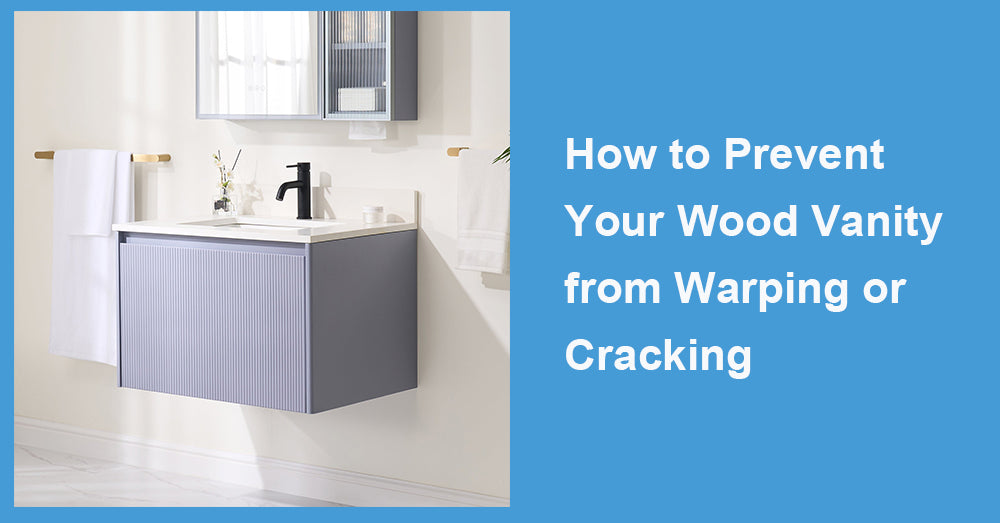
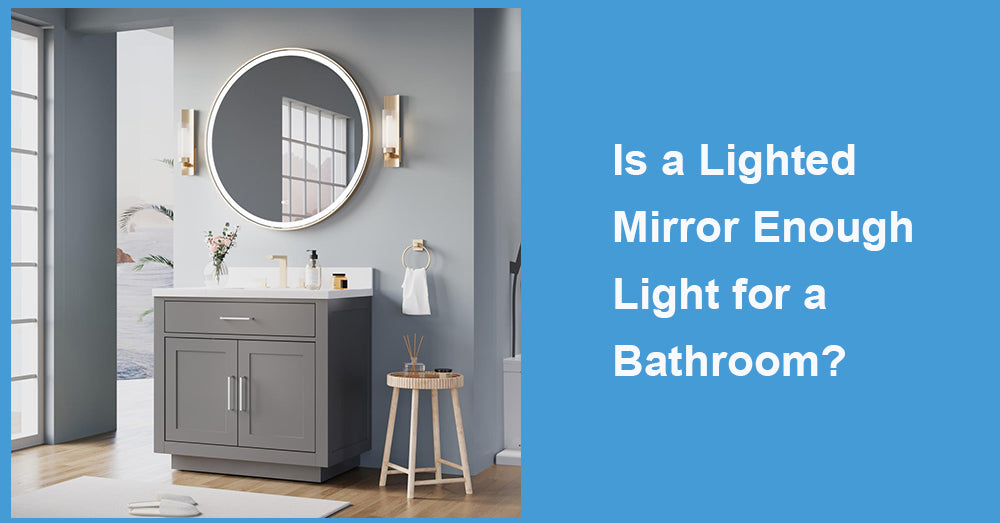
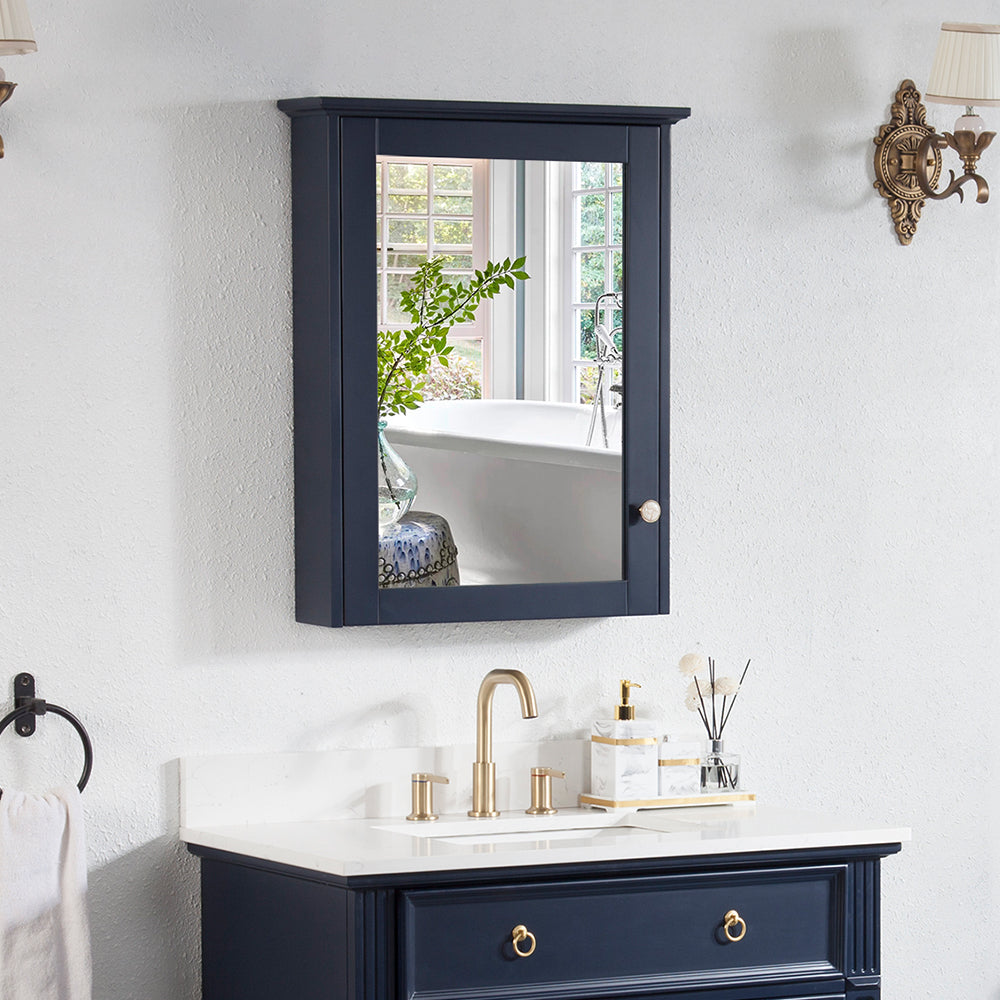

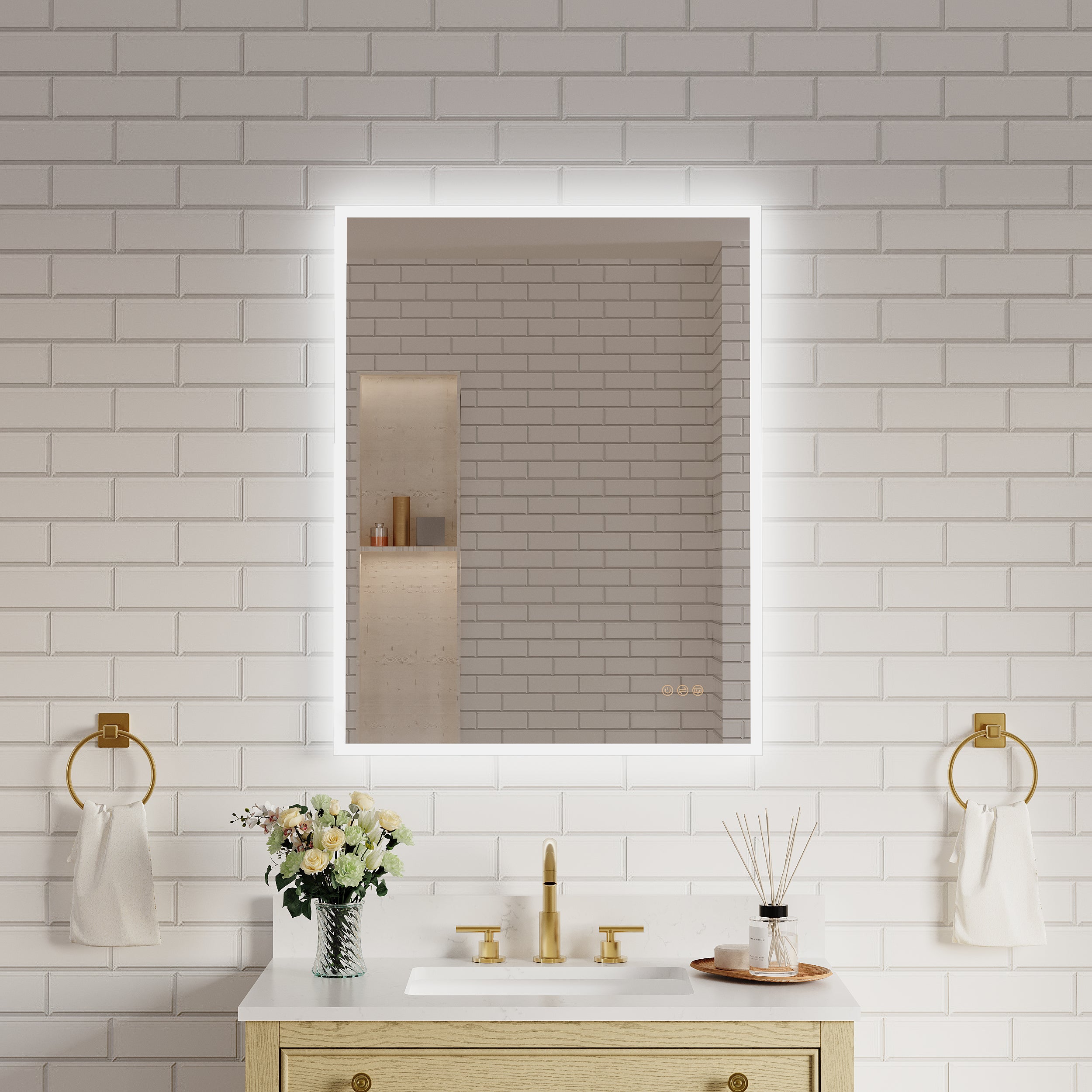

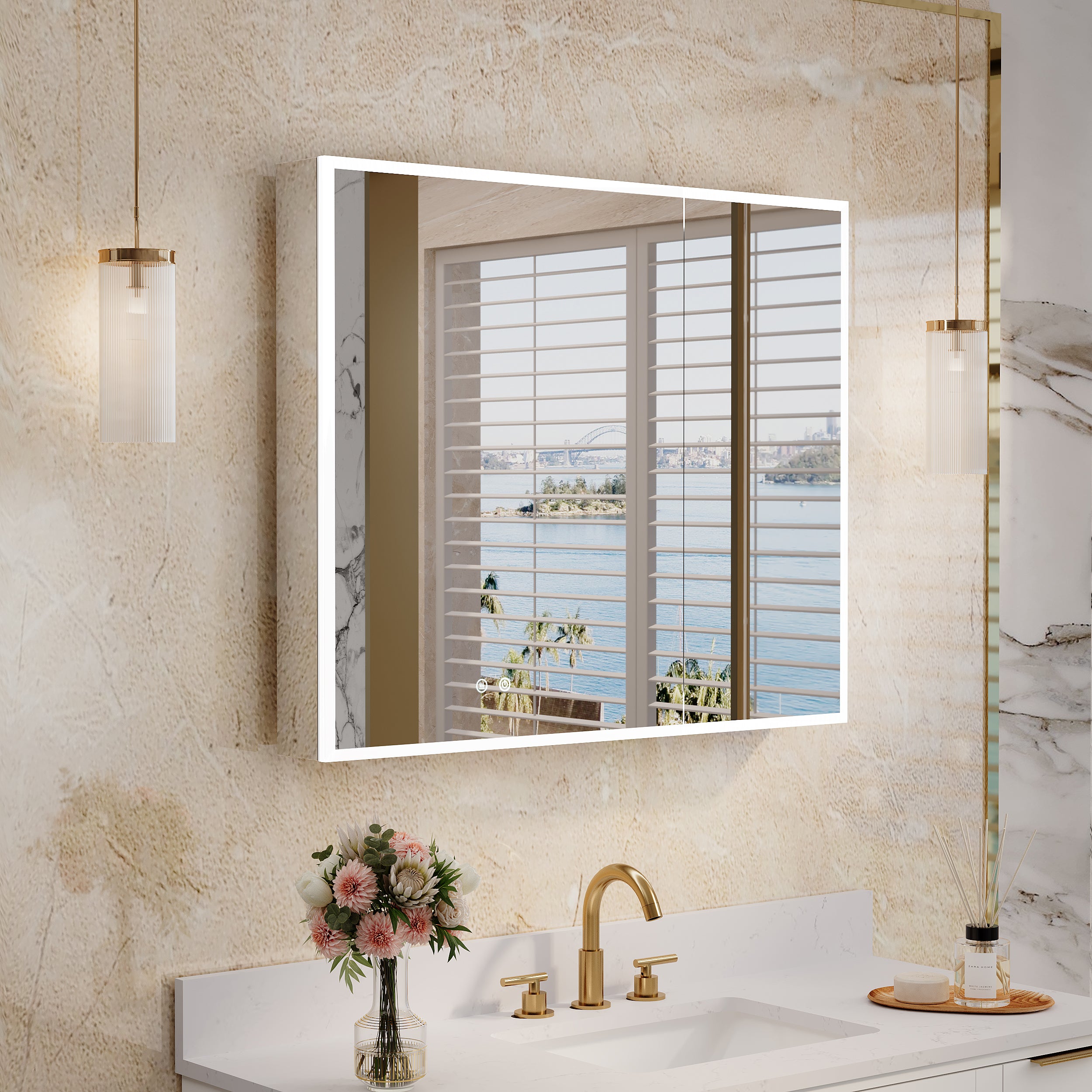

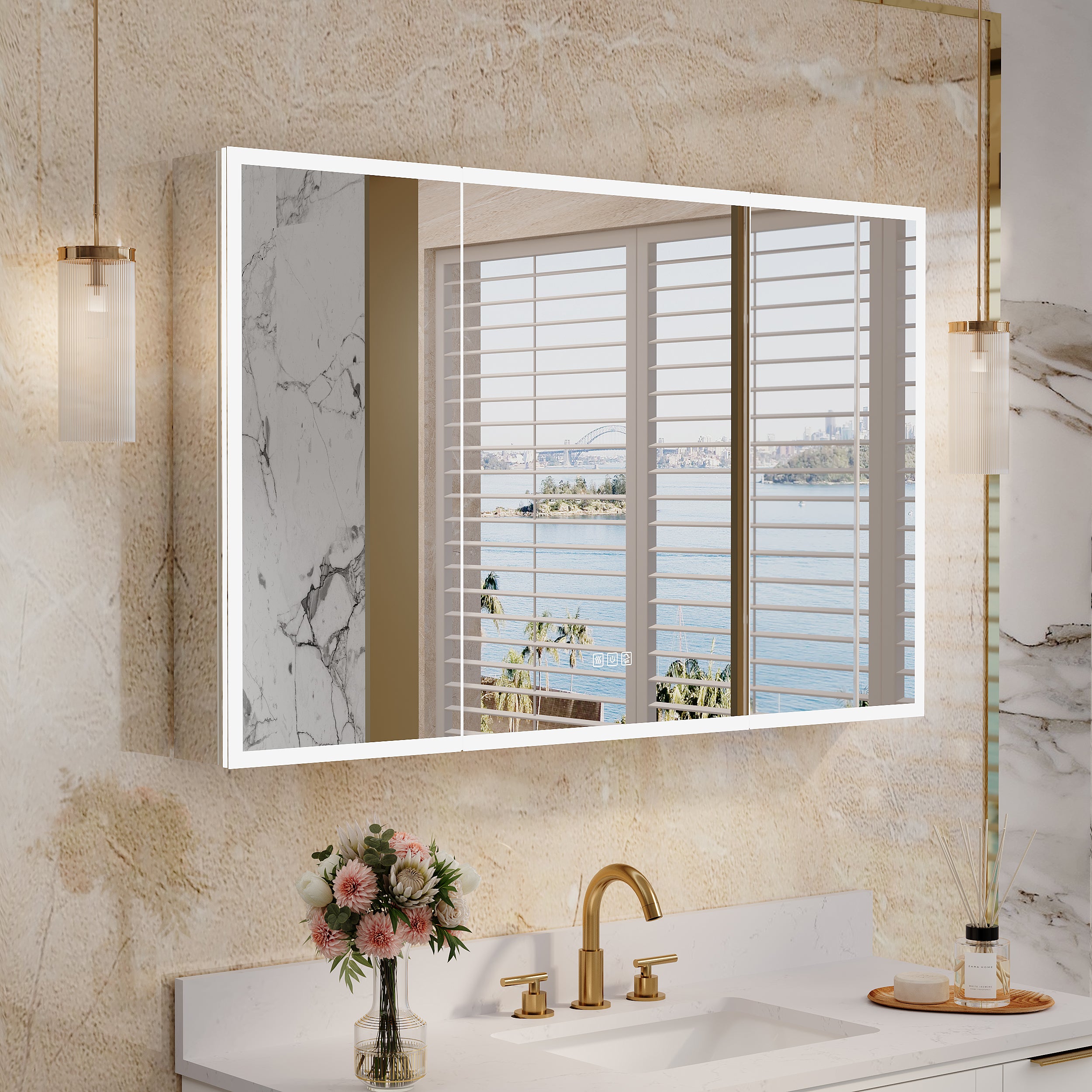

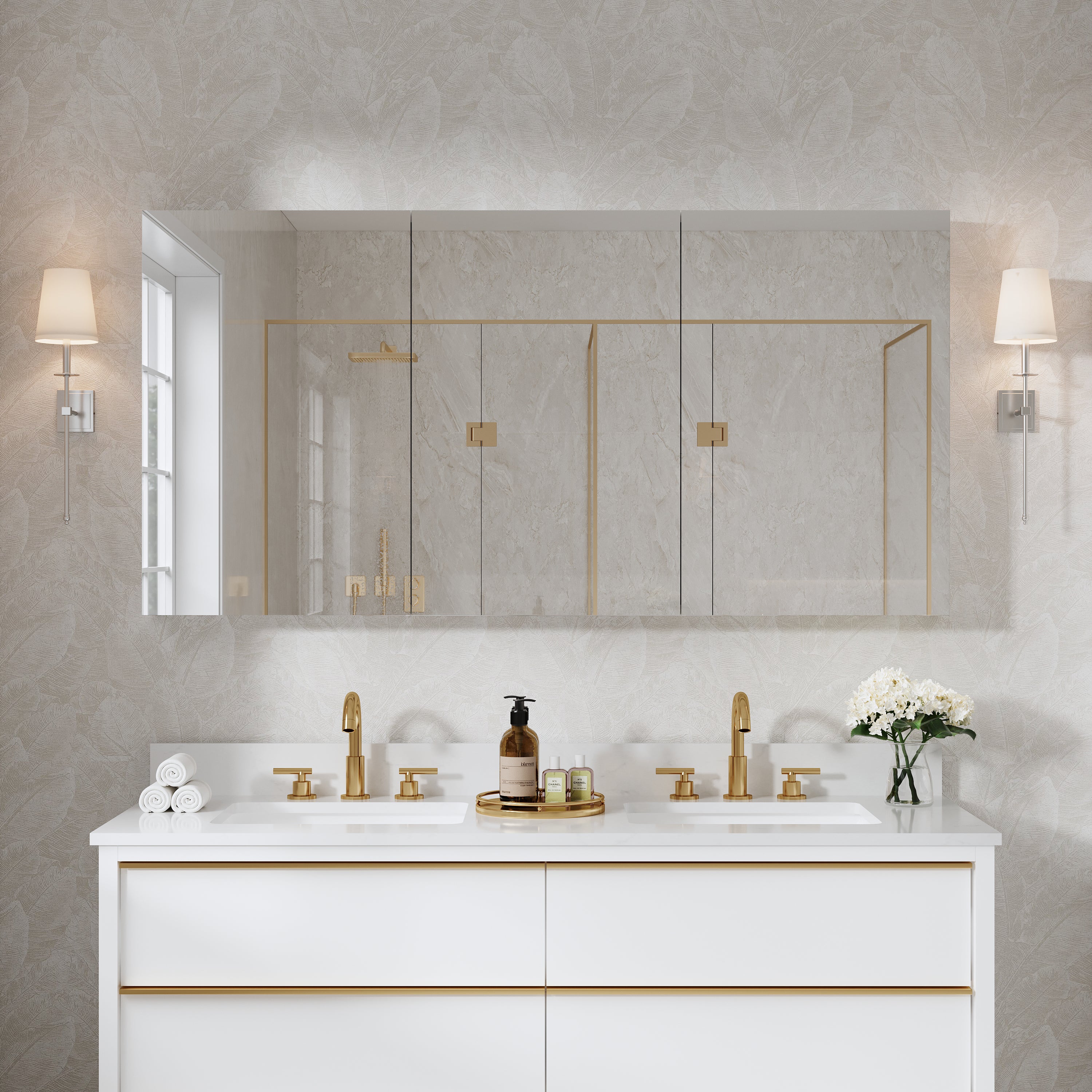
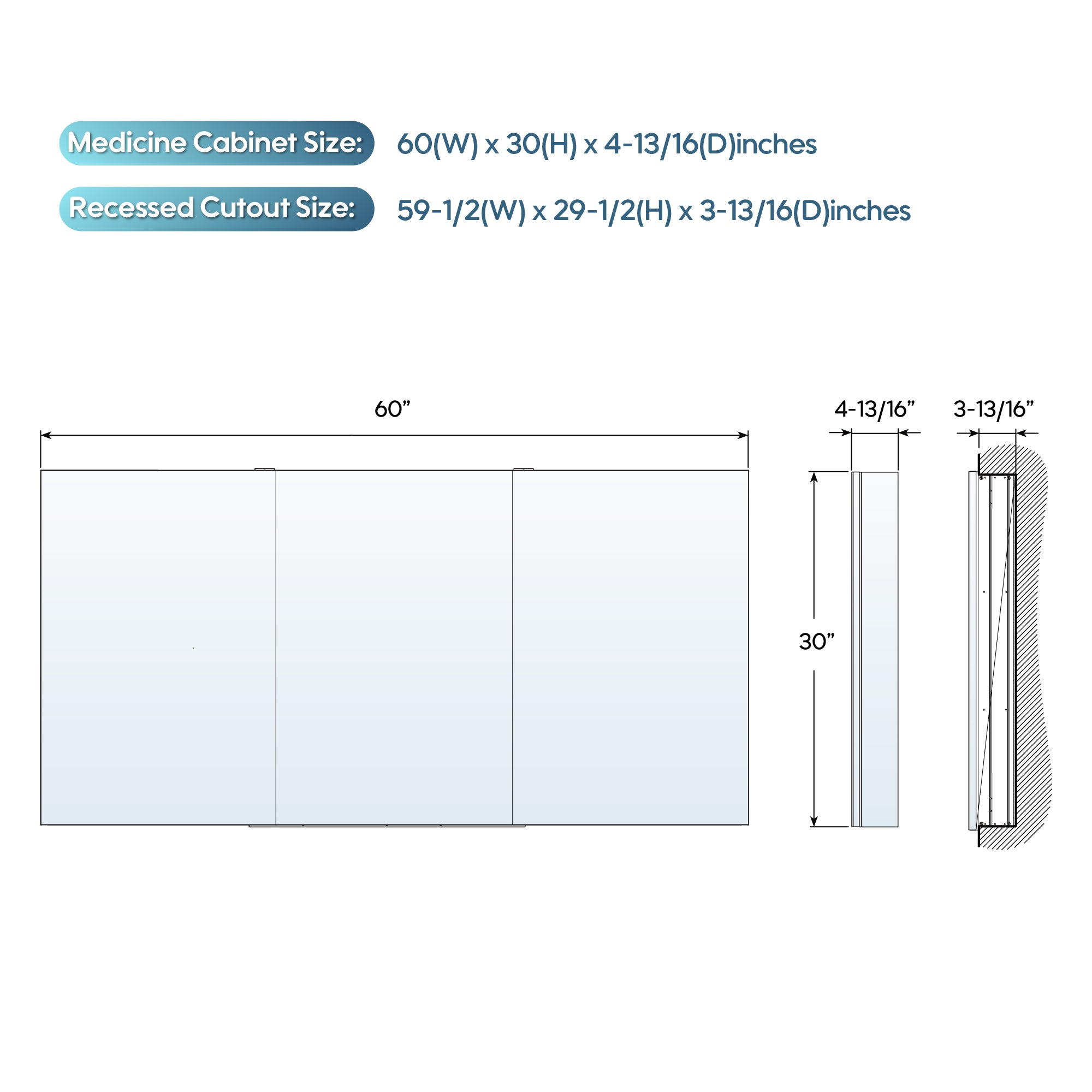
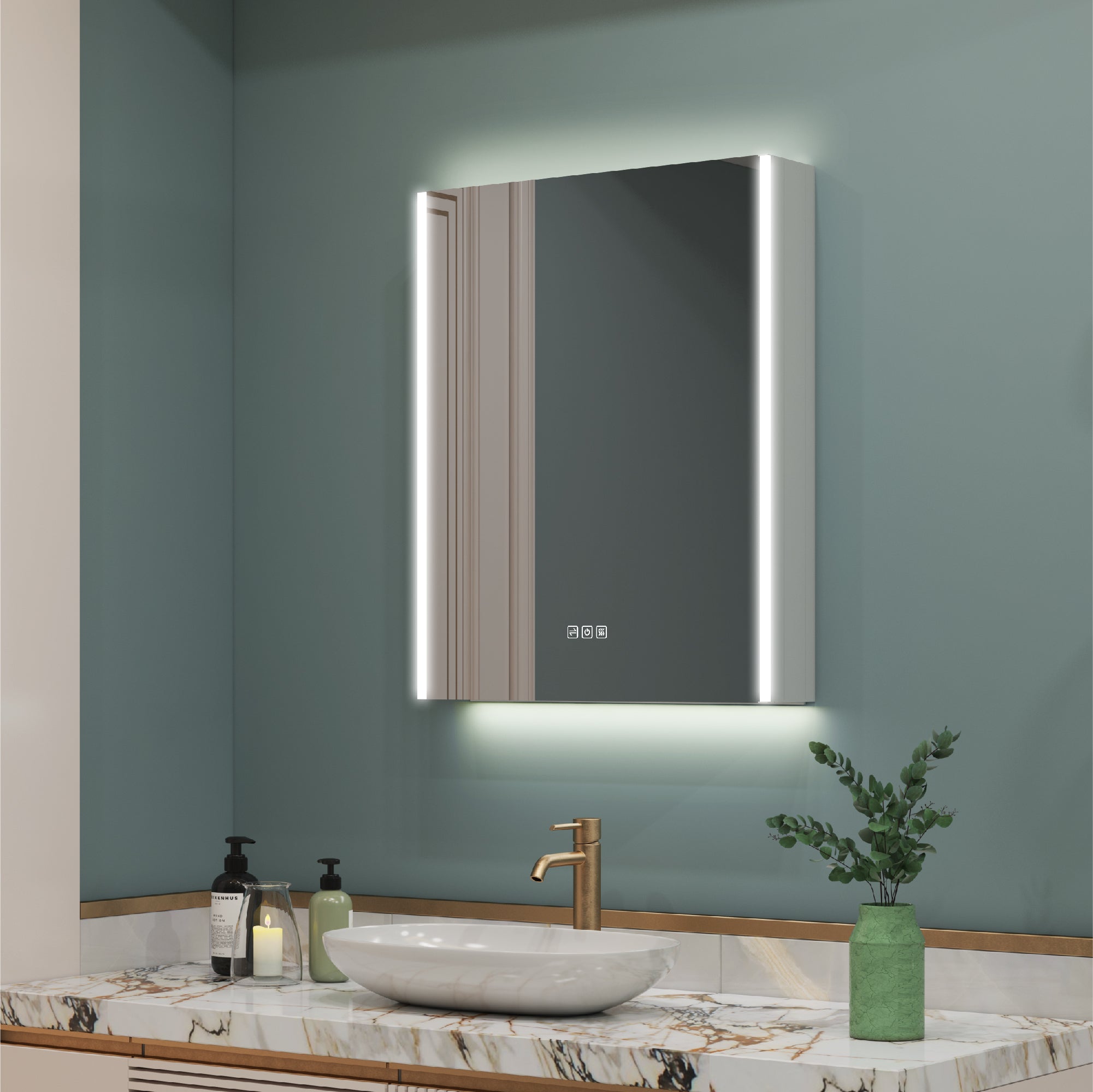
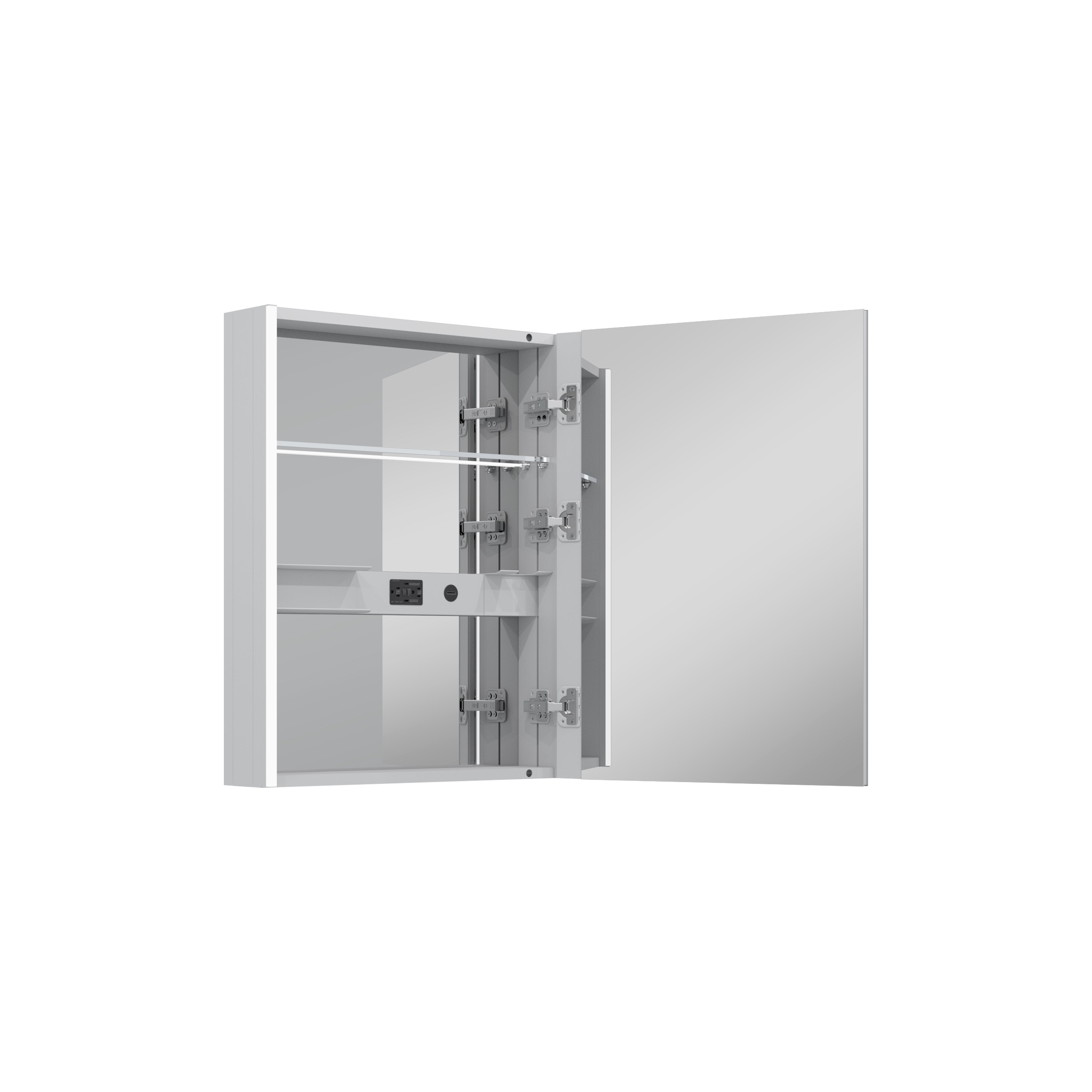
Leave a comment
This site is protected by hCaptcha and the hCaptcha Privacy Policy and Terms of Service apply.